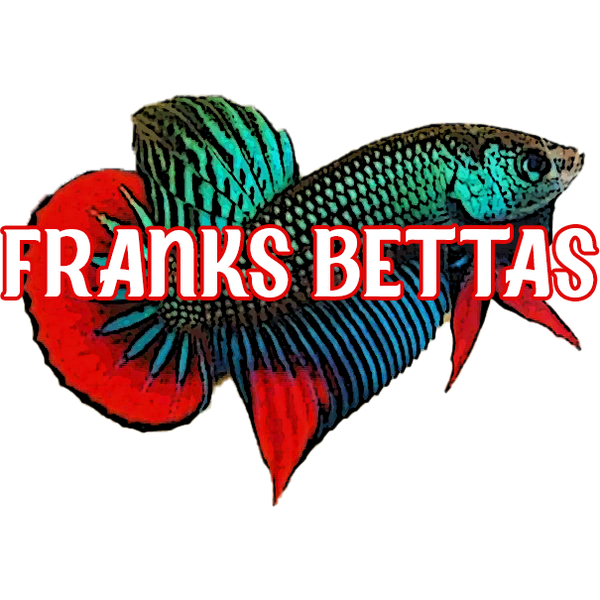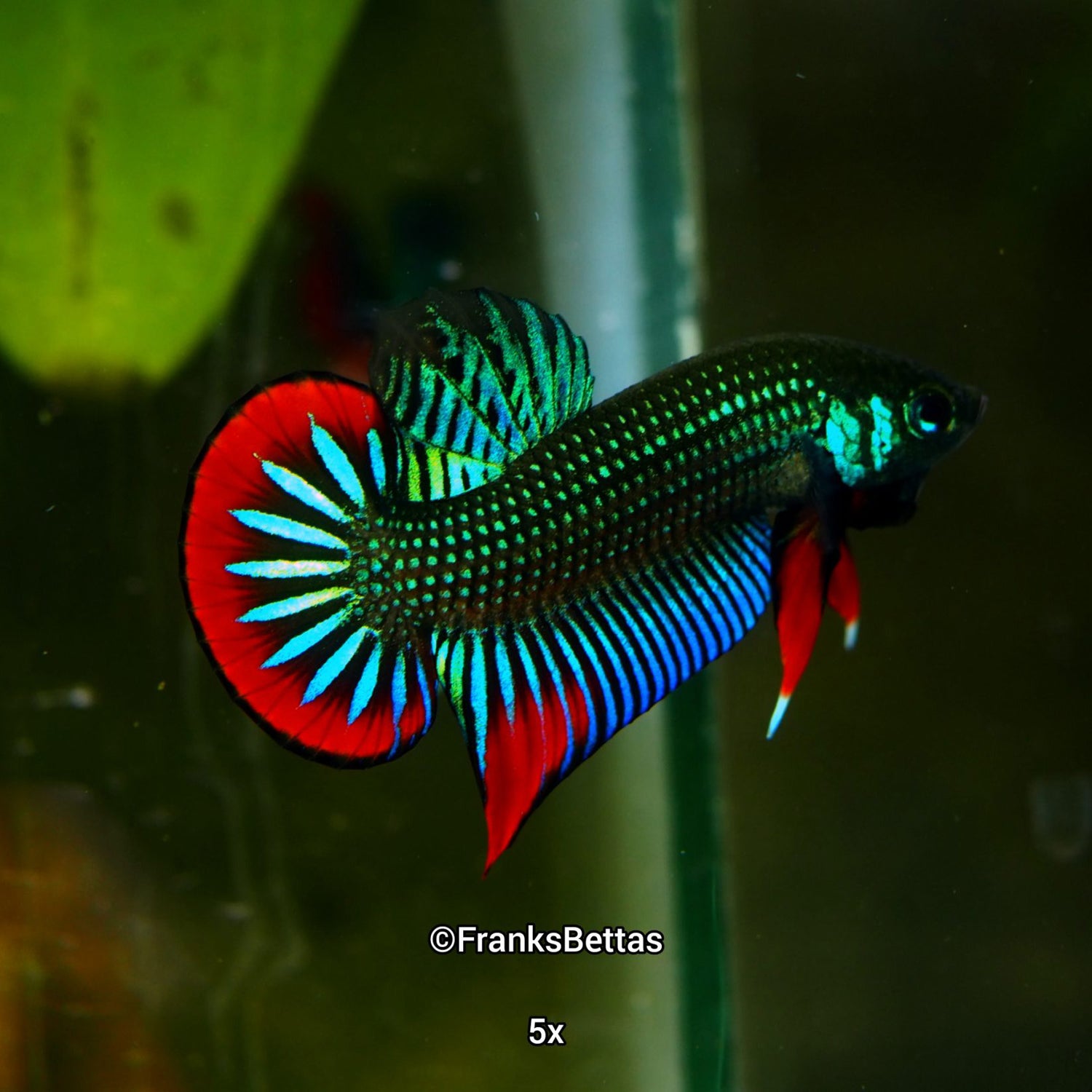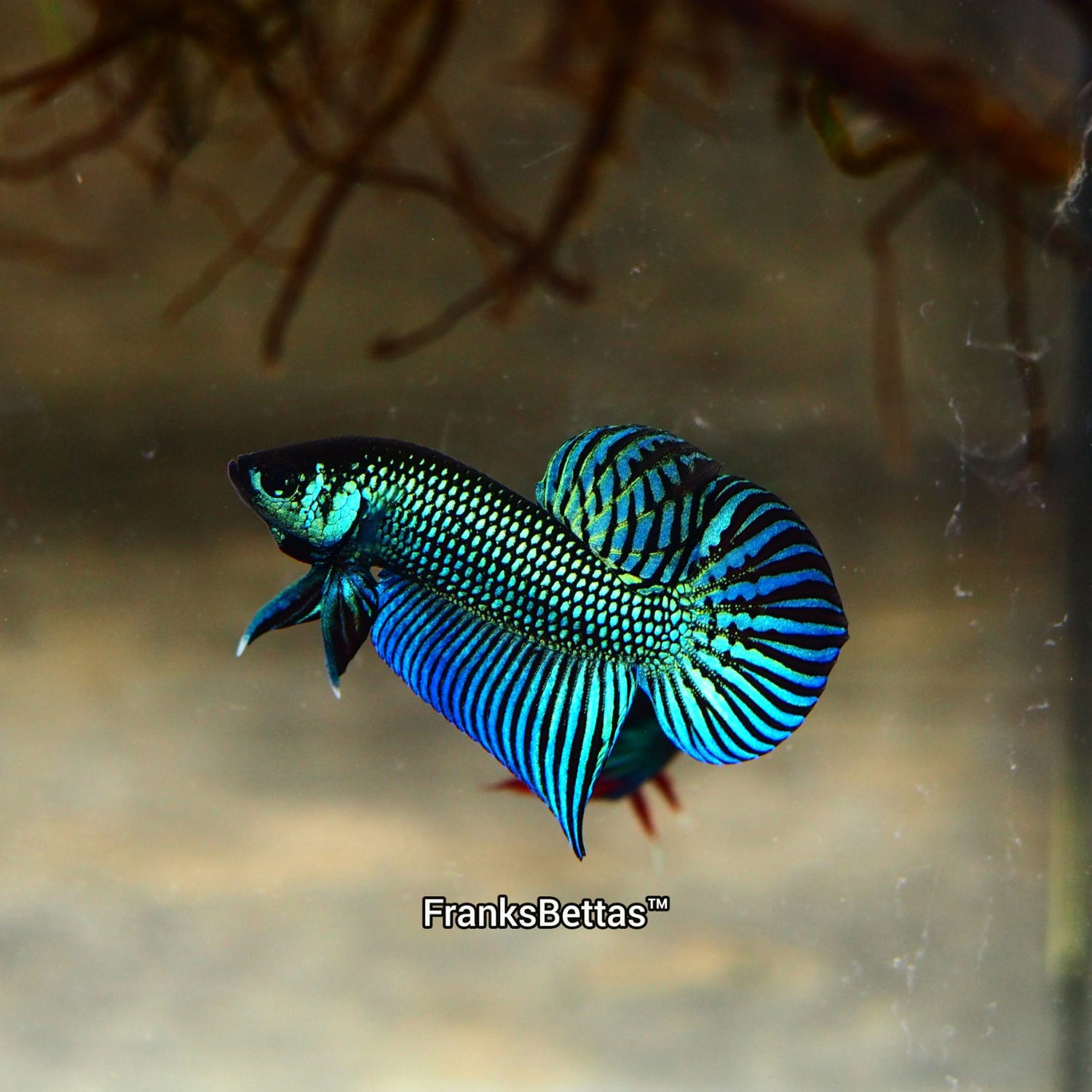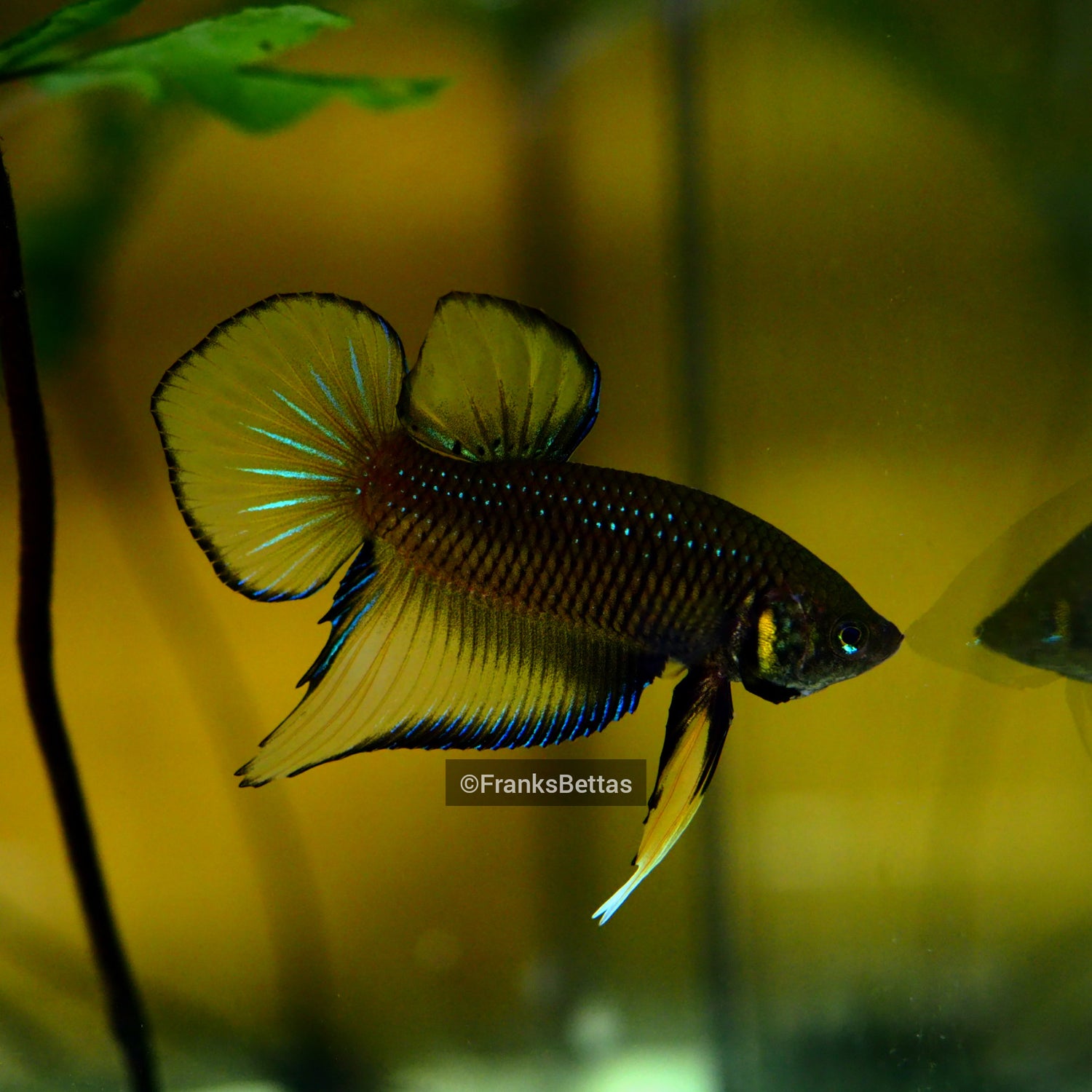Welcome To Franks Bettas
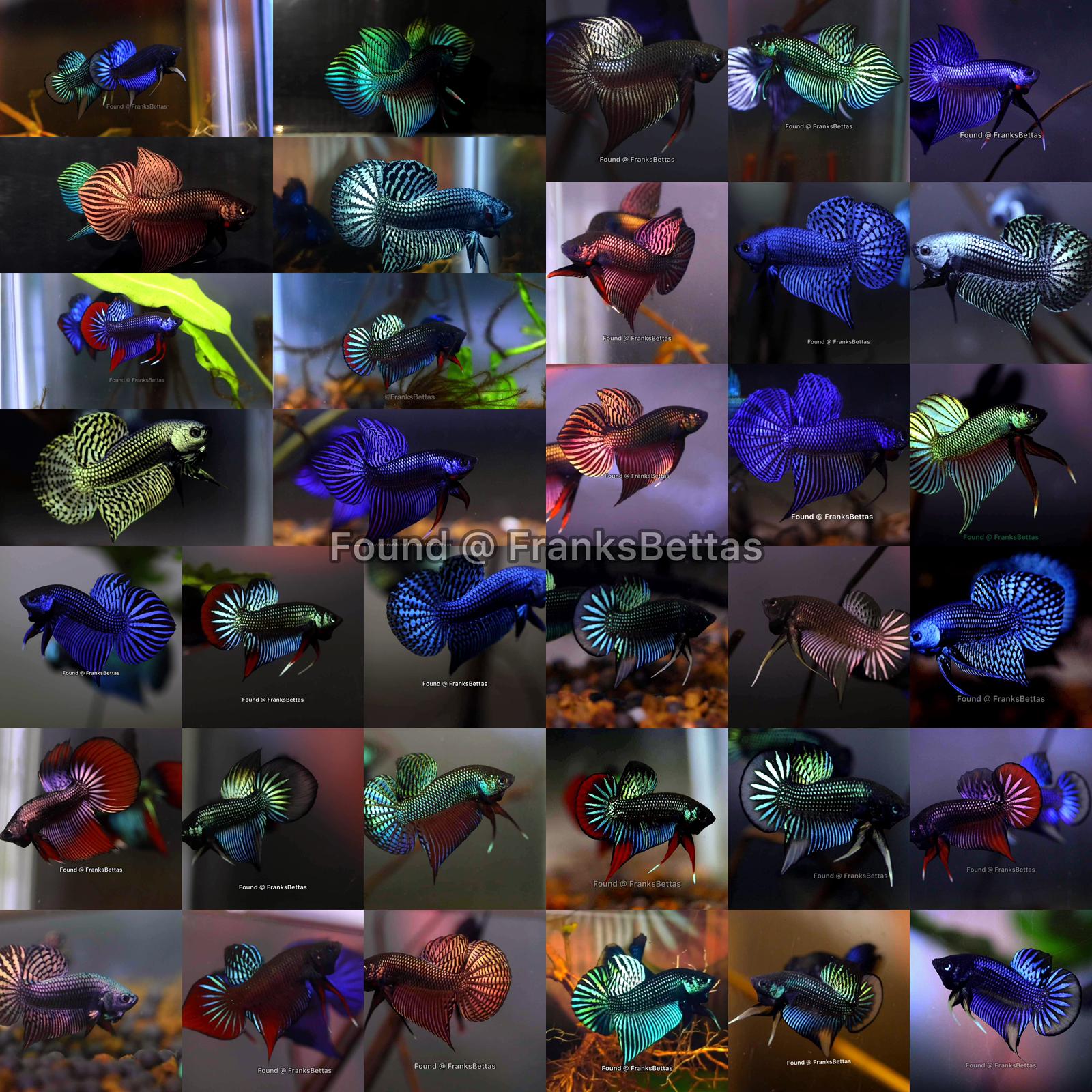
WORLD FAMED BLOODLINES
My wild Betta bloodlines are coveted by Betta keepers all over the world.
FIRST TIME PURCHASING FROM ME?
We use Transhippers to ship my wild Bettas. Transhippers are special aquatic fish importers in your country who will act as a courier to ship my fish from Thailand to your address and most have shipments every 2 weeks or once a month depending on your country.
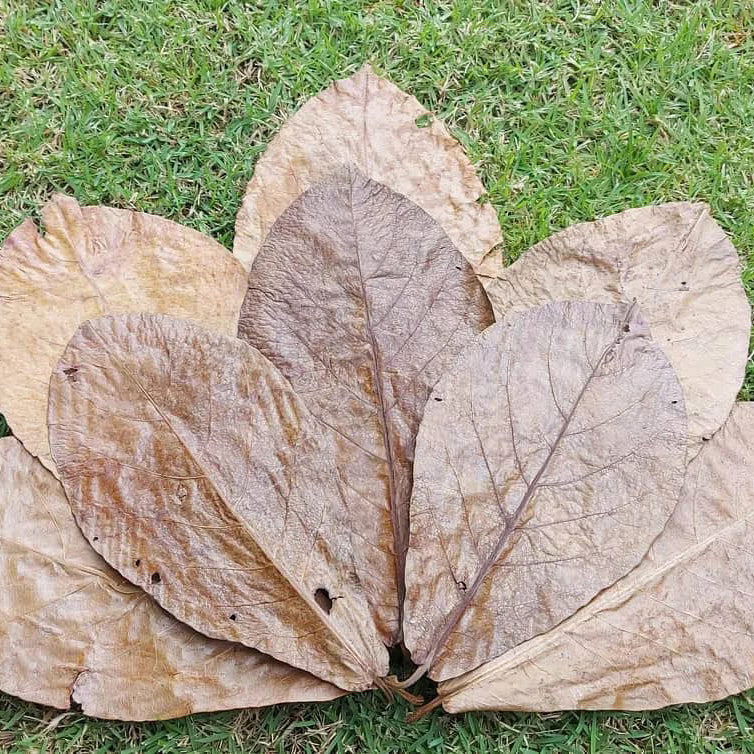
Catappa IAL leaves Grade A+
Dried Indian almond or some call it ketapang / Catappa leaves for bettas now Available from FranksBettas! LIMITED SUPPLY
My Most Popular Bettas
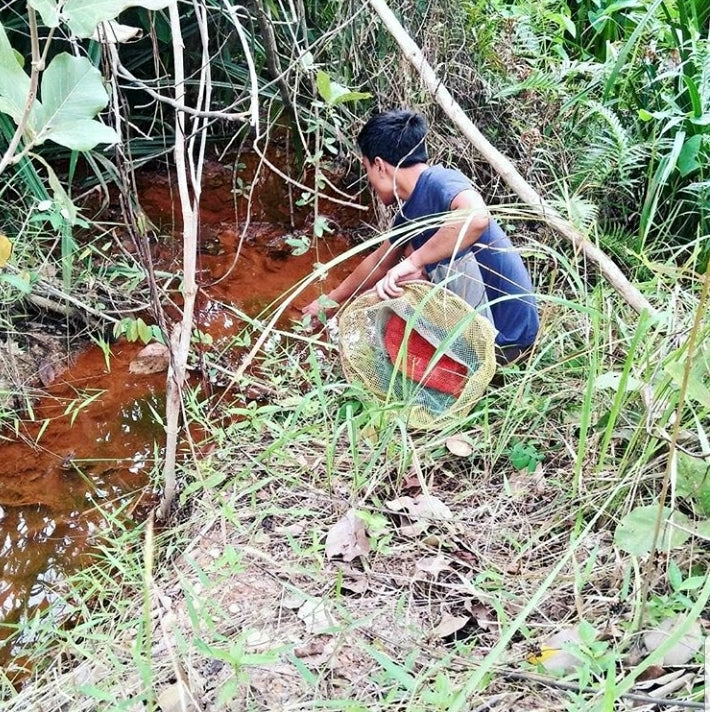
About Franks Bettas
Based in the eastern province of Thailand. I have been breeding wild type bettas for the last 15 years throughout various stages of my life. In the last 5 years, my passion for Bettas has intensified and has been the driving force for me in creating my own betta lines, which are recognised worldwide by betta breeders and enthusiasts alike
Each one of my bloodlines has taken years to develop, some taken up to five years of selective breeding of wild-caught parents to achieve the highest standard.
Subscribe Today
Be the first to know about new Betta listings and exclusive offers.
CONSERVATION EFFORTS
Wild bettas are rarer today it may not be overfishing like many people would imagine which of course still has an impact just not as big as land pollution and land destruction.Many years ago when I was a kid 7-8 years old there were still plenty of habitats of wild bettas which were originally unused farmland and streams but in just 10-15 years there is only 3 leftover habitat of wilds where I live which is very sad to see. This is due to new farmland being excavated and expanding which if we keep an open mind about it we cannot really blame the farmers as they too need to survive and make a living, however, land destruction such as stone quarries wiped out the biggest wild betta habitat around here and It was a football pitch size marshland.
In the past 4 years I have worked tirelessly to push wild Bettas into the spotlight as i highly believe the more people that know about their existence the more chance they won’t be forgotten and left to slowly go extinct, Wild bettas have been in the hobby for decades but only from 2016-2020 have they really exploaded into the hobby and I am truly proud that I was a big part in their popularity amonsgt hobbyist around the world from my facebook posts and youtube video which gained traction and in result bringing awareness to thousands of people about their natural habitat and what we can do to help their survival. Ever since their popularity grew people have donated and supported my work immensely and have done their own part in keeping many different species alive in captivity today so the chance of us losing any species in the wild is highly unlikely.
Before I began showing my work online I did exactly what I am doing now today but on a smaller scale to help with the wild population in my areas but back then it was different and it was just a hobby and something that I enjoyed and loved doing, I would go out and catch breeding pairs to breed them at home and since a pair could give 200-300 fry most were released back to their habitat or I relocated them to newer grass plains in my area. Nowadays more than a dozen areas have a thriving population of wild betta smaragdine. When I first started to show off fish in 2016 I began getting people contacting me to buy fish which was a shock since I dint think people would pay money for these fish because everyone was so into domestic splendens which were very popular but I had no idea on how to even ship fish overseas but after researching I sold my first pair of Smaragdina to someone in the united states and from that day on I would use some of the profits to buy more breeding ponds, equipment and eventually a camera to document my cause. From 2017-2018 majority of the money that was raised from selling wild types went back into conservation breeding as it paid for fish food, water bill, electricity, petrol and equipment for breeding which gave an increase in yield from spawning, I have also saved enough money to build a permanent betta pond sometime in 2022 which will be built on a piece of land and will be made specifically Betta smaragdina which is the native species in my region.
In 2018 is when I took FranksBettas to the next step, I made it my full-time job whilst keeping the conservation part alive and in doing so it gave me opportunities to make a living from doing what I love which was breeding fish. I now run a small business of selling my captive-bred bloodlines around the world and have even moved on to selling domestics when they are available but most importantly I have promised myself to never stop pushing the importance of conservation which is the reason that brought me to where I am today and I am so blessed for every single little fish that helped me in that journey so it’s my duty to help them as they did to me.
Check out one of my videos on youtube that reached a staggering 1 million views which shows the first process in how conservation works.
In order to save a line we must collect breeding specimens which will be used to breed and in return give fry which will then be raised to adulthood and rereleased back into the habitat or relocated to new potential habitable areas.
Here at FranksBettas we do not sell wild caught fish and strictly sell captive bred lines that have been established for years in captivity. Wild caught fish are used purely for the conservation breeding process.
